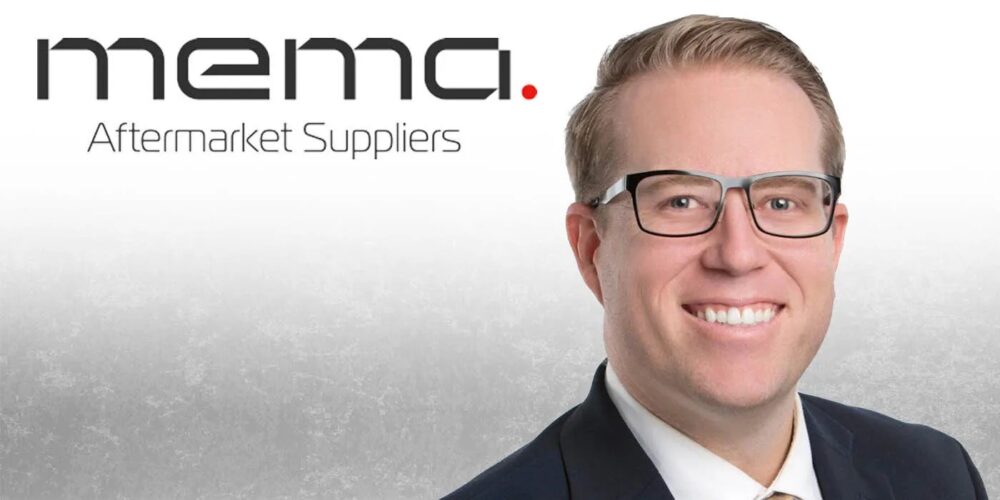Today’s fuel system not only provides a means of fuel storage and delivery, but also is responsible for evaporative emissions control functions. One major requirement for proper function of the EVAP system is for this system to be completely sealed.
Repairs made to the fuel system not only need to restore any lost performance and functionality, but also maintain the integrity of this sealed system. More often than not, the technician is still required to “drop the tank” to gain access to the fuel pump module, and that requires disconnecting the fuel lines as well as the filler neck.
This is a “point of no return,” as the technician is now left with an immobilized vehicle, usually tying up a lift and a service bay. Aside from the correct fuel pump module, the technician may require additional parts or repair pieces before this vehicle can leave the shop again under its own power.
Most pump assemblies feature new sealing rings and quick-disconnect clips, or even replacement wiring harnesses, but items such as the fuel tank locking ring, fuel pump relays and in-line filters are available separately and at extra cost. Fuel lines under the vehicle may be compromised, especially the sealing surfaces inside quick-disconnect fittings.
Missing or distorted seals may cause serious leakage that will only be evident after reassembly and startup. Close inspection of these small items beforehand may save your customer large trouble in the long run. Many aftermarket companies offer repair solutions for steel and nylon lines, making complete repairs of EVAP and fuel lines possible.
Most of today’s fuel systems are returnless, with internal fuel pressure regulators, adding another element to the in-tank module. The module is now responsible for pumping, filtering and regulating the flow of fuel, as well as passing vapor along to the EVAP system.
GM returnless modules also feature a fuel tank pressure sensor, which monitors pressure for the on-board EVAP system self-diagnostics, as well as serves as input for the PCM to vary fuel pump speed. The presence or absence of this sensor also is one of the key visual elements used in selecting the correct replacement module for many GM trucks. Modern Ford systems use an external fuel pump driver module to vary the speed of the pump, maintaining proper fuel pressure.
This failure-prone driver module has gained popularity as an aftermarket part, but too often, it is discovered after a new fuel pump has been installed and the truck still has a no-start condition. Located on the frame rail, it is exposed to moisture and corrosive road salt.
Here in the northeast, we see more rust than some areas of the country, so steel fuel lines, tanks, and straps are more popular replacement items here than in some other markets. We also see a high incidence of filler neck failures due to rust-through.
Tiny pinhole leaks like these can lead to the dreaded P0442 code, “small leak detected,” which often leads to multiple component replacements and frustration when the actual source of the leak isn’t found until much later. Aftermarket or salvage yard filler necks may only be supplied as partial units, without rubber fill and vent hoses.
Old hoses should be replaced, as they are prone to cracking and dry-rot, and are a potential source of liquid and vapor leakage. Replacement hoses should be rated for fuel or fuel vapor, so avoid substituting coolant hose, which will not hold up to long-term fuel exposure.
The fuel cap should also be checked for fitment. If the cap is in poor condition, or does not fit the replacement filler neck correctly, it should be discarded in favor of a new cap. In some cases, these recommendations are simply suggested as convenience items when replacing a failed pump, but sometimes they prove to be necessary items to maintain or restore system integrity.
For a parts specialist, providing the “correct” parts should be considered a minimum qualification. Sometimes, what sets you apart from your competition is being able to provide the “extra” parts to complete a job when it becomes a larger repair than anticipated, or when something goes unexpectedly wrong.









